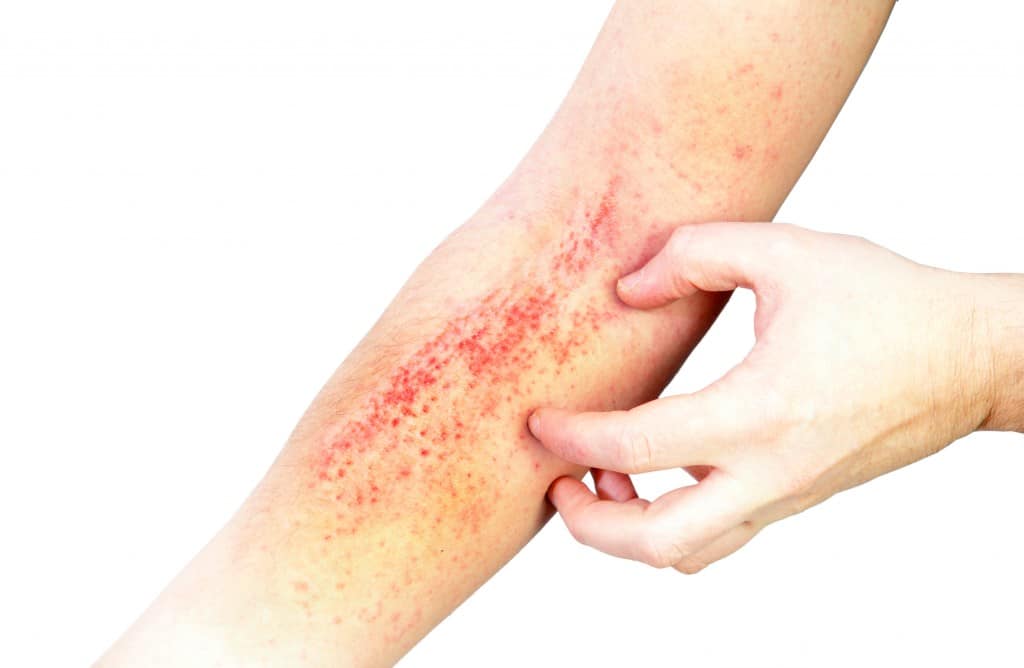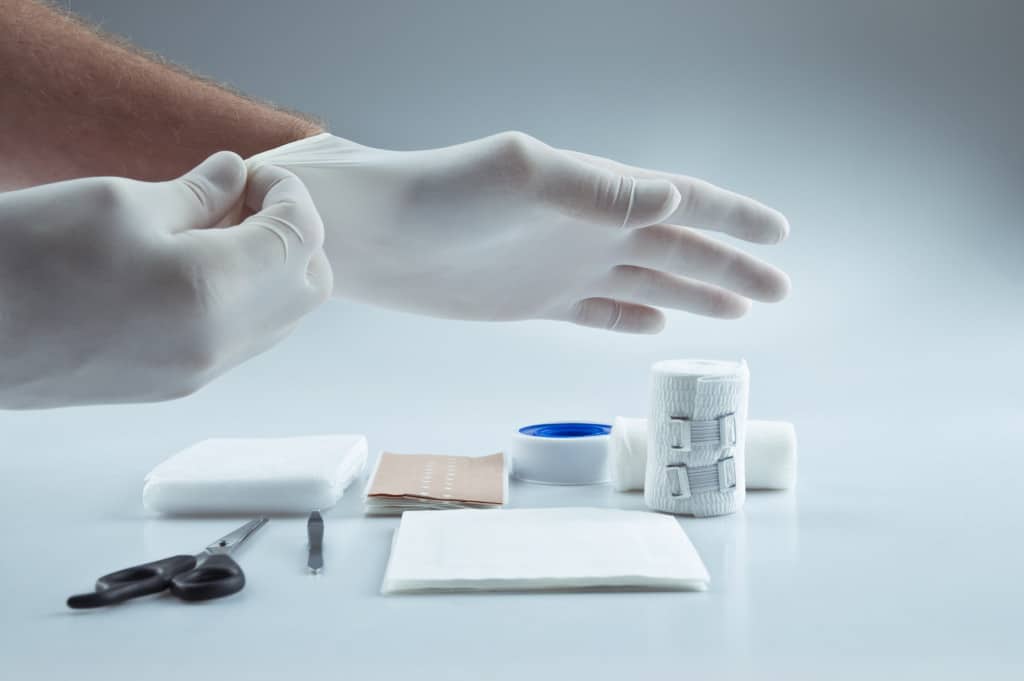
- Health professionals use modern practices to manage wounds effectively and promote safe healing.
- Understanding the stages of wound healing is crucial for providing proper care.
- Age, nutrition, and overall health can impact wound healing.
- Advances in wound care techniques have made the process more comfortable and effective for patients.
When you think about wound care, you might picture a simple bandage. But there’s so much more that goes into healing cuts, scrapes, and surgical incisions. Health professionals have a range of modern practices at their fingertips to manage wounds effectively.
These methods are not just about quick fixes; they’re about ensuring safe, efficient healing and reducing the risk of infection. In this post, we’ll dive into the sophisticated world of wound management and explore how today’s health experts keep your healing on track.
Understanding Wound Healing
When you’re faced with a wound, it’s not just the immediate care that matters but also understanding how your body works to heal itself. This knowledge is vital for health professionals as they manage wounds, ensuring they provide care in sync with your body’s natural healing process.
The Stages of Wound Healing
Imagine your body as a well-organized construction site after an injury. Like a team of workers, your body follows a specific sequence to repair the damage. Initially, there’s a rush to stop the bleeding, similar to how workers would quickly act to prevent further damage to the site. This is the hemostasis phase, where blood clots form.
Following this, the inflammatory phase is like the cleanup crew, removing debris and warding off bacteria. Next, the proliferation phase is where the rebuilding happens, laying down new tissue.
Lastly, the maturation phase is the final touch, strengthening the new structure. Health professionals use their understanding of these stages to apply the proper treatment at the right time, much like a foreman overseeing a construction project.
Factors Affecting Wound Healing

As various factors can speed up or slow down a construction project, numerous elements can impact how quickly your wound heals. Health professionals take into account things like your age, nutrition, and overall health, as well as the nature of the injury itself.
They know that a deep wound, or one located on a part of the body that moves a lot, may take longer to heal. By considering all these variables, they can personalize your wound care plan, ensuring you get the best possible support throughout your healing journey.
Advances in Wound Care Techniques
As we continue to make strides in medical science, wound care has seen remarkable innovations that have transformed how health professionals approach treatment. These advances are not just about healing wounds faster; they’re about making the process more comfortable and effective for patients. Let’s explore some of the cutting-edge techniques that are setting new standards in wound management.
Innovative Wound Dressings
Gone are the days when a one-type-fits-all bandage was your only option. Now, health professionals have a variety of innovative dressings at their disposal. These aren’t your average bandages; they’re designed to create the perfect environment for healing.
Some are infused with antimicrobial agents to ward off infection, while others maintain just the right moisture level around the wound. It’s a tailored approach, with dressings chosen based on the wound’s stage of healing, location, and the patient’s needs.
Role of Technology in Wound Management
Technology has also found its way into wound care, making a big difference. Health professionals now use digital tools to monitor wounds without disturbing the dressing. This means they can keep an eye on your healing process, watching for any signs of infection or complications without any unnecessary poking and prodding. It’s a less invasive approach that not only keeps you more comfortable but also helps the wound heal undisturbed.
The Importance of Choosing the Right Supplies

Selecting the right medical supplies is crucial in wound management. It’s not just about the dressing itself but also how it’s secured. This is where a trusted medical adhesive tape supplier comes into play. The suitable adhesive tape can hold a dressing in place without irritating your skin or disrupting the wound.
It’s a simple yet essential piece of the healing puzzle, ensuring that the advanced dressings and careful monitoring don’t go to waste. Health professionals seek out the best suppliers to provide gentle tapes on the skin yet hold fast where it counts.
The Bottomline
Wound care has come a long way, with health professionals now equipped with various advanced techniques and materials to ensure optimal healing. From understanding the stages of wound healing to choosing the right supplies, every step is taken with precision and care. Remember, the next time you or someone you know has a wound, it’s not just a bandage that’s aiding in the healing process—it’s the culmination of science, technology, and professional expertise that works to get you back to health.

